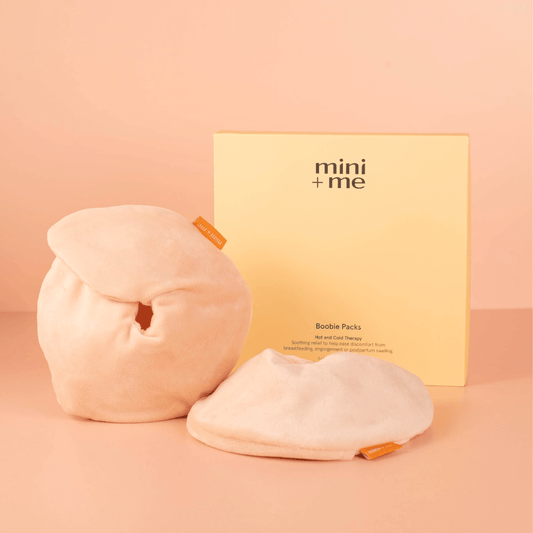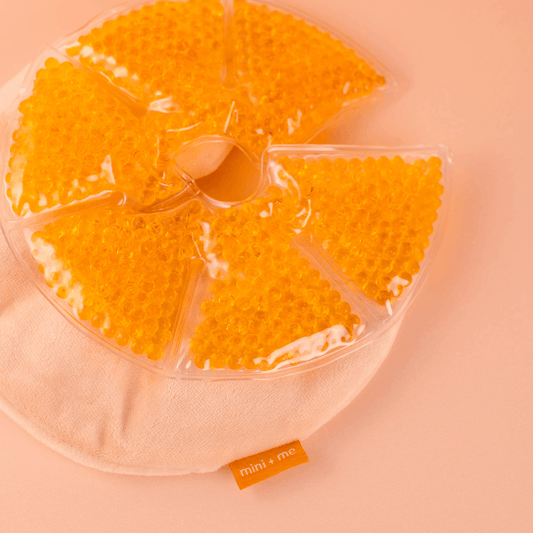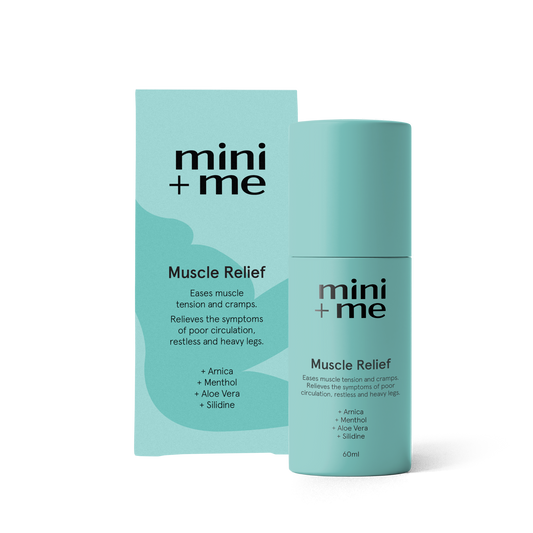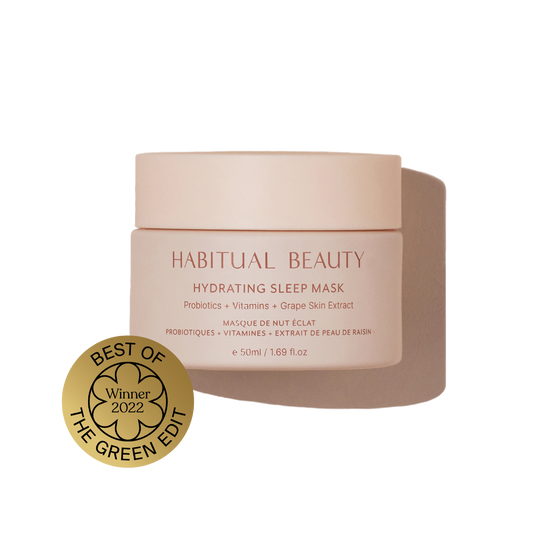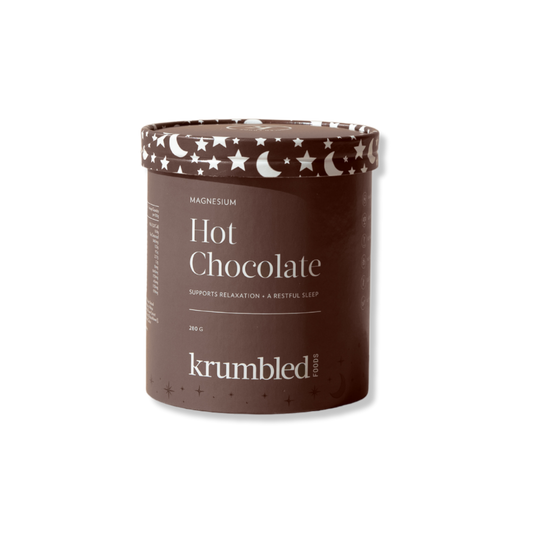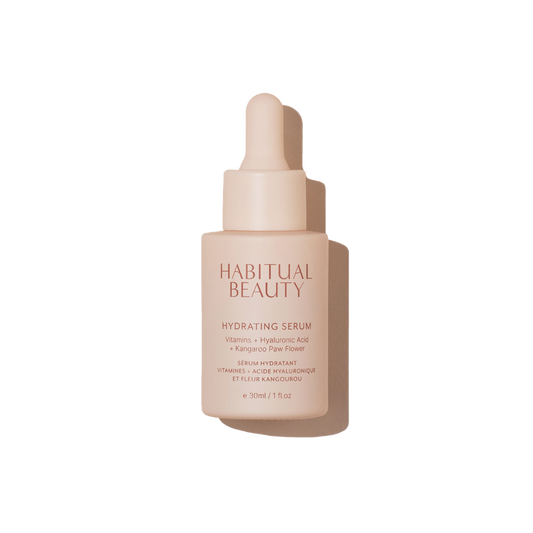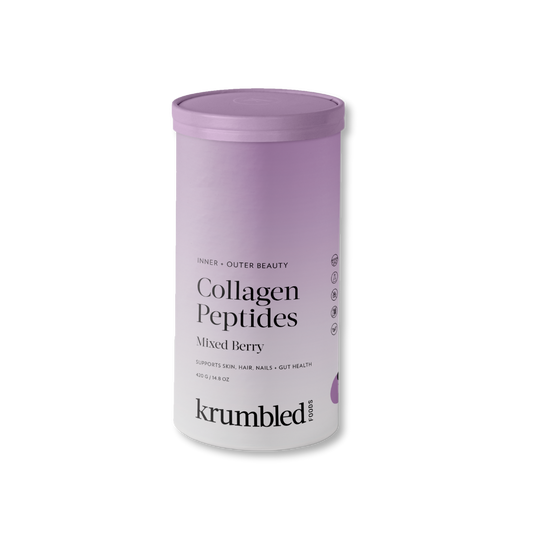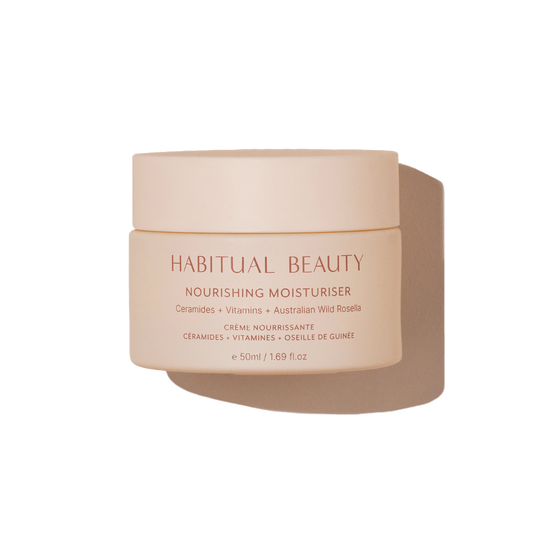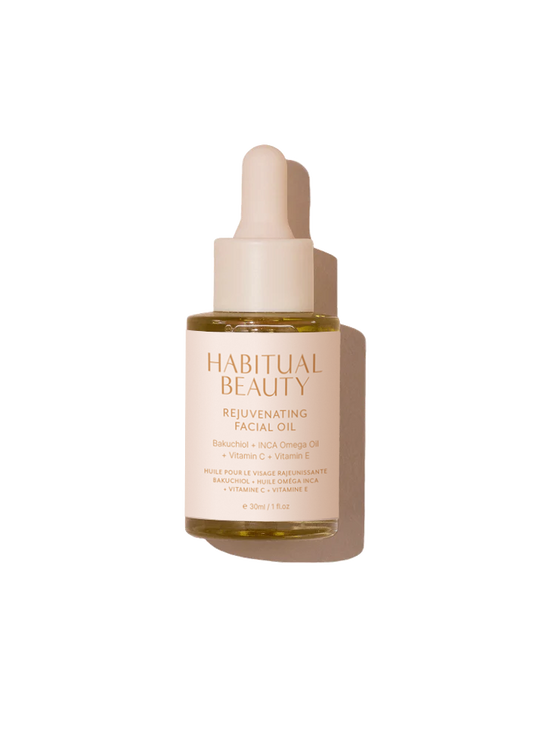Why Comfort Matters in Breastfeeding
Breastfeeding is often described as natural, but that doesn’t mean it always feels easy. Many mothers experience engorgement, blocked ducts, or mastitis, particularly in the early weeks of feeding. These conditions can leave breasts feeling swollen, hot, painful, and heavy - sometimes making it difficult for a baby to latch or for milk to flow.
Simple, accessible remedies can make a big difference. Hot and cold compresses are safe, non-drug options that many health professionals recommend for managing breast discomfort. Used correctly, they can help reduce swelling, ease pain, and make breastfeeding more comfortable.
Cold Therapy: Cooling Relief
Cold therapy involves applying chilled gel pads, ice packs, or cold compresses to the breasts.
Benefits of Cold Therapy:
• Reduces swelling and inflammation by constricting blood vessels (Anderson et al., 2019).
• Provides short-term pain relief by numbing nerve endings (Mangesi & Dowswell, 2016).
• Supports lymphatic drainage, helping excess fluid move away from breast tissue.
When to Use Cold:
• After breastfeeding or expressing, to calm swelling and reduce discomfort.
• During mastitis flare-ups, when pain and inflammation are high.
Tip: Apply a cold boobie pack for 10–20 minutes, always wrapped in the soft cloth cover provided to protect your skin.
Heat Therapy: Gentle Warmth
Heat therapy includes warm compresses, showers, or heat packs applied before breastfeeding.
Benefits of Heat Therapy:
• Stimulates milk flow by relaxing the ducts and supporting let-down (ABM Protocol #36, 2022).
• Softens breast tissue, making it easier for your baby to latch.
• May provide comfort when managing a blocked duct (Cochrane, 2016).
When to Use Heat:
• Before feeding or expressing, to encourage milk flow.
• When working through a blocked duct, to help loosen thickened milk.
Tip: Apply warmth for 5–10 minutes before a feed. Avoid very hot packs, as extreme heat may worsen inflammation.
The Power of Alternating Hot and Cold
There is strong evidence that alternating warm and cold compresses provides significant relief for breastfeeding mothers with engorgement.
Benefits of Alternating Therapy:
• Reduced engorgement
• Lower pain scores
• Improved latch (higher LATCH scores)
• Greater breastfeeding comfort and effectiveness (Vinolia, 2024)
How to Alternate Hot and Cold:
• Before feeding: Apply a warm compress or shower for 5–10 minutes to stimulate let-down and soften the breast.
• After feeding: Place a cold compress on the breast for 10–20 minutes to reduce swelling and ease pain.
• Repeat as needed: Particularly helpful during periods of engorgement or mastitis.
Tip: Always use the soft cloth cover on your boobie pack and avoid extreme temperatures to protect your skin.
Why This Matters
Untreated engorgement or blocked ducts can lead to complications such as mastitis, abscess formation, or reduced milk supply. Ongoing pain is also linked to early weaning, as breastfeeding can start to feel overwhelming.
By using hot and cold therapy, mothers can:
• Manage pain without medication
• Maintain consistent milk flow
• Support the body’s natural healing
• Continue breastfeeding more comfortably and confidently
Safety First
• Limit heat to 5–10 minutes before feeding, cold to 10–20 minutes after.
• Always use a cloth between your skin and the compress.
• Avoid extreme heat, which can damage skin or worsen inflammation.
• If you develop fever, flu-like symptoms, or persistent pain, contact your midwife, GP, or IBCLC.
Key Takeaways
• Heat before feeds: Stimulates milk flow, softens breasts, and helps with let-down.
• Cold after feeds: Reduces pain, swelling, and inflammation — especially helpful for engorgement and mastitis.
• Alternating therapies: Proven to reduce discomfort, improve latch, and support continued breastfeeding.
• Safe and accessible: A non-invasive, drug-free way to manage common breastfeeding challenges.
Breastfeeding is hard work, and it’s okay to seek comfort. Alternating hot and cold compresses is an evidence-based way to ease pain, reduce swelling, and support your breastfeeding journey so you can focus on your baby, not just the discomfort.
References
Academy of Breastfeeding Medicine. (2022). ABM Clinical Protocol #36: The Mastitis Spectrum (Revised 2022). Breastfeeding Medicine, 17(5), 360–376. https://doi.org/10.1089/bfm.2022.29207.kbm
Anderson, L., Kynoch, K., & Kildea, S. (2019). Effectiveness of cryotherapy for pain relief in breastfeeding women with breast engorgement: a systematic review. Breastfeeding Medicine, 14(3), 180–187. https://doi.org/10.1177/0890334419830990
Mangesi, L., & Dowswell, T. (2016). Treatments for breast engorgement during lactation. Cochrane Database of Systematic Reviews, (6), CD006946. https://doi.org/10.1002/14651858.CD006946.pub4
Vinolia, K. (2024). Effect of alternating hot and cold compresses on breast engorgement among lactating mothers. Cureus, 16(1), e53134. https://doi.org/10.7759/cureus.53134
Sweet, L., & Vasilevski, V. (2022). Evaluation of a new lactation device designed to apply heat/cold, massage and compression in the postpartum period. International Breastfeeding Journal, 17(62). https://doi.org/10.1186/s13006-022-00466-9
Özkaya, M., et al. (2022). Effect of cold cabbage leaf application on breast engorgement and pain: A systematic review and meta-analysis. Complementary Therapies in Medicine, 71, 102871. https://doi.org/10.1016/j.ctim.2022.102871
Cart is Empty
Your Cart is Empty
- Choosing a selection results in a full page refresh.
- Opens in a new window.





